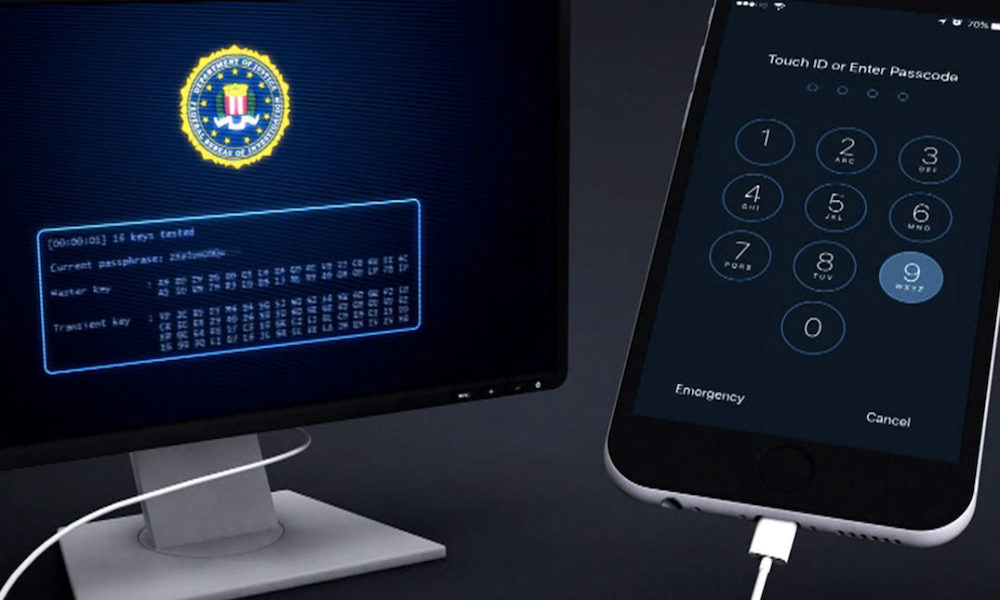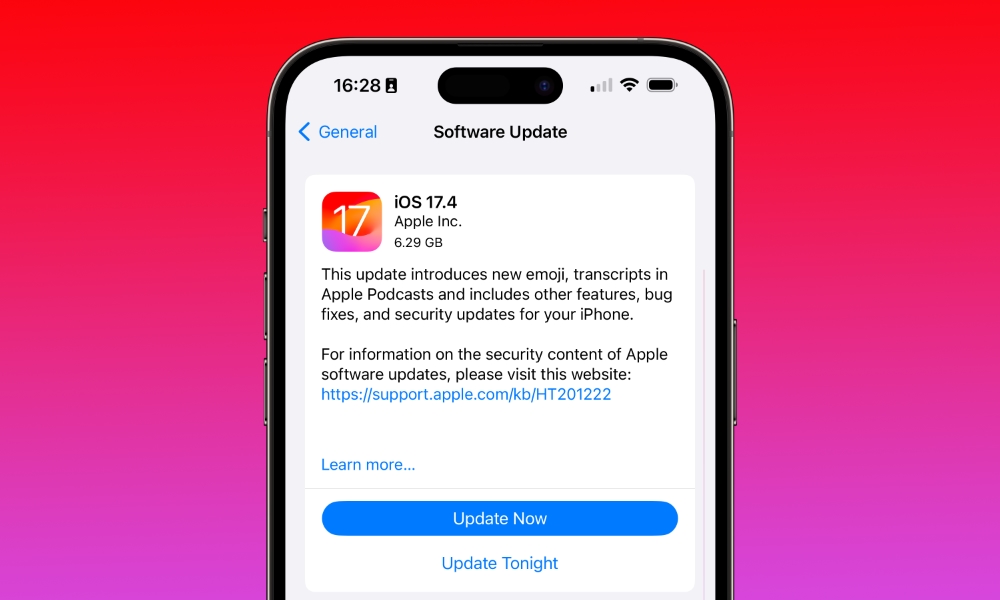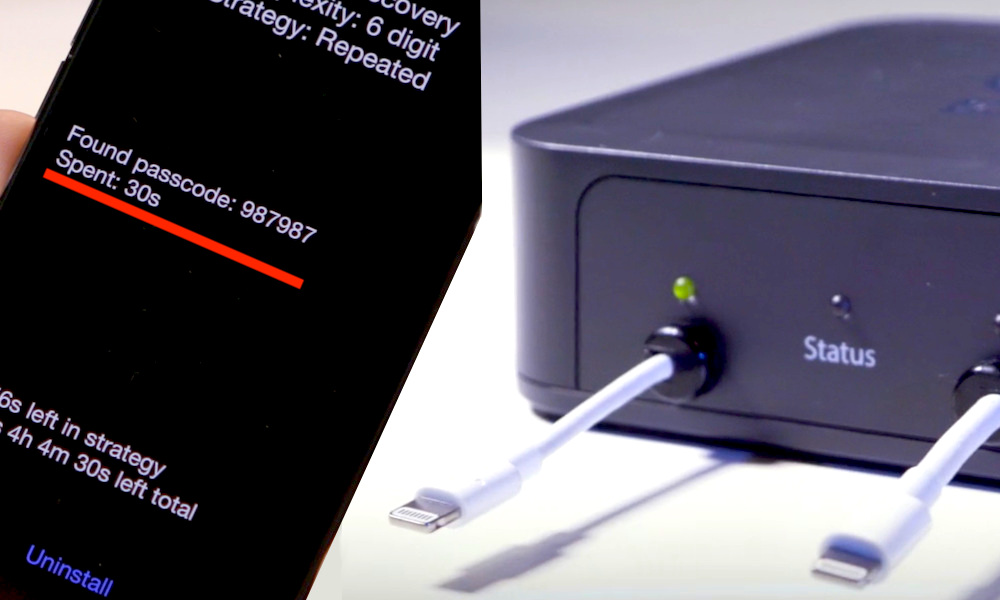Here’s the Number One Reason to Keep Your iPhone Up to Date
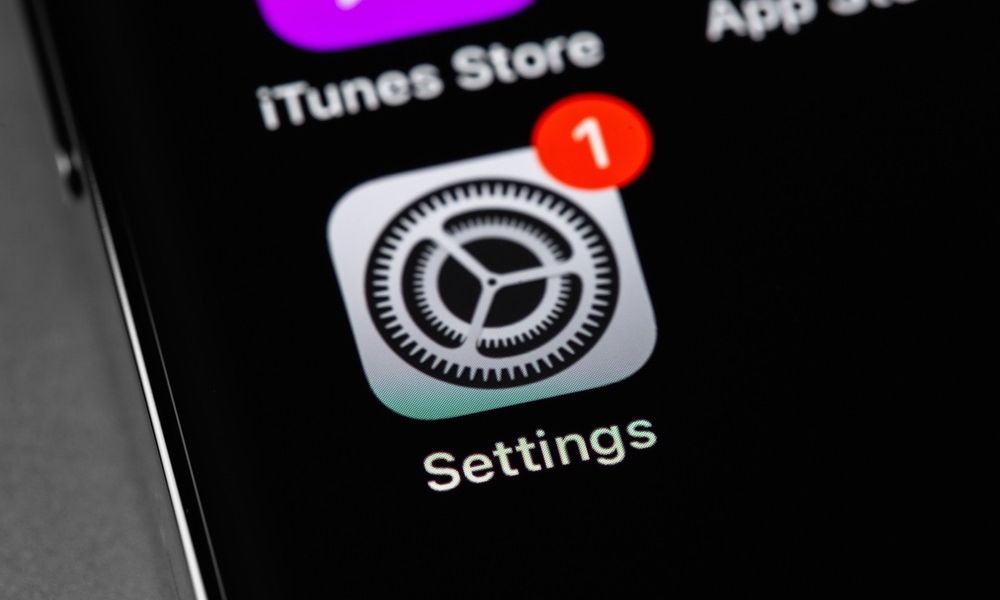 Credit: Shutterstock
Credit: Shutterstock
Toggle Dark Mode
While even iOS point releases often deliver interesting new features and fix bugs, there’s a much more important reason to ensure your iPhone is always running the latest software updates: security.
Not only do iOS updates often add new security features like Stolen Device Protection that help you protect your iPhone and the information on it, but Apple is constantly engaged in a cat-and-mouse game with mercenary spyware tools like NSO Group’s Pegasus. Hence, nearly every iOS update plugs significant security holes, some of which have already been exploited and are known to the underground hacking community at large.
It’s not merely that these security vulnerabilities exist. Apple also confirms them to the world once they’re patched. In other words, even if an iOS update fixes a previously unknown security vulnerability, you can be assured that every basement cybercriminal will know it existed in older versions — and begin targeting devices still running those versions.
However, the folks at 404 Media have just given us another reason to keep our iPhones up to date: it turns out that even sophisticated iPhone hacking tools used by law enforcement are impotent against the latest iOS 17 releases.
It seems 404 Media got its hands on some leaked documents from Cellebrite, the well-known Israeli digital intelligence company that specializes in mobile forensics, among other things. However, unlike another infamous Israeli hacking company, NSO Group, Cellebrite’s tools are typically used in law enforcement investigations to access phones belonging to criminals.
For example, for a long time, it was widely believed that the FBI used Cellebrite’s technology to gain access to the San Bernardino shooter’s iPhone 5c in 2016 after Apple refused to create a backdoor for the agency. However, the FBI remained mum on that until a lawsuit revealed that it was Azimuth, a small “publicity-shy” Australian company.
However, this week, the FBI confirmed it was Cellebrite that allowed it to break into the phone of the shooter in former President Donald Trump’s attempted assassination, although it hasn’t said what brand of phone was involved.
While those sound like laudable goals, the problem with systems like Cellebrite is that they can just as easily be used for evil as for good. That’s why Apple doesn’t like to leave any holes in its software that can be exploited by such tools. There’s no such thing as a tool that only works for the good guys. Even Apple’s sophisticated and well-meaning initiative to securely and privately scan iCloud uploads for child sexual abuse material (CSAM) was met with serious concerns that adversarial foreign governments could exploit it to scan for photos that would be considered “offensive” to whatever regime is in power, such as those involving political activism.
Apple Is Winning — For Now
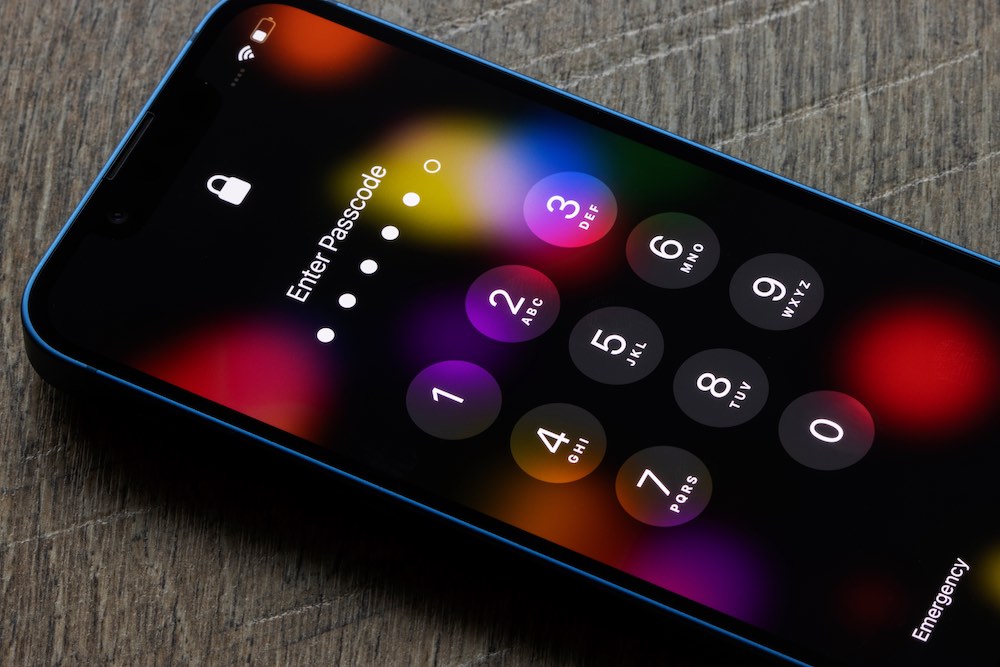
The documents obtained by 404 Media show that Cellebrite is currently useless for accessing any iPhone running iOS 17.4 or later. That’s something Cellebrite isn’t about to admit publicly, but these documents are an internal support matrix shared with Cellebrite customers that lists all of the iOS and Android versions vulnerable to Cellebrite’s tools.
We very rarely get this sort of granular insight into the specific brands and models that law enforcement cracking tech works against. It turns out, modern and up-to-date iPhones are especially resilient!Joseph Cox, 404 Media
Cellebrite confirmed to 404 Media that the documents were authentic, adding in an emailed statement that “the documents are designed to help our customers understand Cellebrite’s technology capabilities as they conduct ethical, legally sanctioned investigations — bound by the confines of a search warrant or an owner’s consent to search.”
Assuming the Cellebrite iOS Support Matrix shared by 404 Media is up to date, Cellebrite is unable to break into any iPhone model running iOS 17.4 or newer.
However, anything after iOS 17.1 is secure if you’re running an iPhone 12 or later — for now, at least. The iPhone 11 and iPhone XR can be cracked if they’re running iOS 17.3.1 or older, and the iPhone 12 through iPhone 14 are vulnerable on all of the iOS 17.0 releases. The iPhone 15 remains invulnerable regardless of iOS version, although it shipped with iOS 17.
Cellebrite’s documents say that exploits for the iPhone 12, iPhone 13, and iPhone 14 are “Coming Soon” for iOS 17.1 to iOS 17.3.1. However, iOS 17.4 and newer are still “In Research” for all models, which means that iOS 18 could be out by the time Cellebrite figures these ones out.
The iPhone 11 was released in 2019. The iPhone 12 was launched the following year. In other words, Cellebrite was only able to unlock iPhones running the penultimate version of iOS that were released nearly five years ago.Joseph Cox, 404 Media
Nevertheless, if you have an older iPhone, all bets are off. The iPhone 8 and iPhone 8 Plus, which can’t be upgraded beyond iOS 16.7, are entirely vulnerable to Cellebrite’s hacking tools.
When it comes to iPads, Cellebrite is unable to access any iPad model running any version of iPadOS 17. All supported models are listed as “In Research.” For iPadOS 16, only the 2019 iPad mini (5th gen) and iPad Air (3rd gen) are vulnerable. However, the list opens up considerably for devices still running iPadOS 15, although it still excludes any iPad released in the past four years, plus the 2018 iPad Pro models.
Cellebrite isn’t the only game in town; there’s also GrayKey, but it’s a pretty safe bet it isn’t that far ahead of Cellebrite, as both companies tend to have the talent and resources to stay on top of these things. By its own admission, GrayKey didn’t figure out how to bypass the passcode on any iOS 17 devices until March, but it hasn’t said which versions of iOS 17 it supports.
It’s inevitable that Cellebrite, GrayKey, and other less ethical hackers will eventually figure out how to break into the latest versions of iOS 17. Still, as long as Apple manages to stay one step ahead of them — and you always keep your iPhone up to date with the latest iOS releases — their chances of getting into your iPhone will be significantly reduced.
Of course, as we’ve said before, don’t expect this to prevent law enforcement from getting into your iPhone if it becomes the target of an investigation. These tools are expensive, so they’re not used for casual fishing expeditions, but if the police have taken the trouble to get a warrant to seize and search an iPhone, they’ll get into it eventually — even if it means leaving it plugged in and charging in a forensics lab somewhere while they wait for Cellebrite or GrayKey to release an update that works with whatever iOS version is installed on it.


